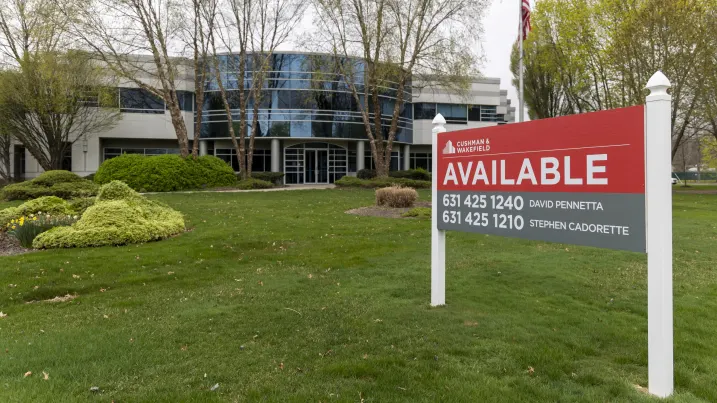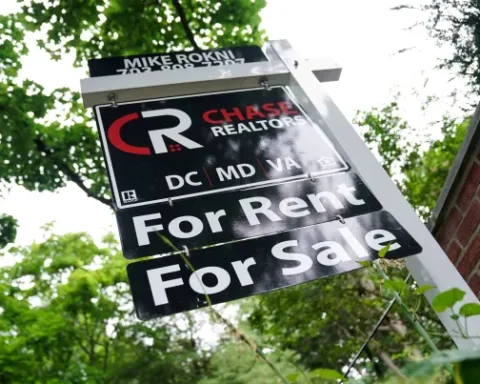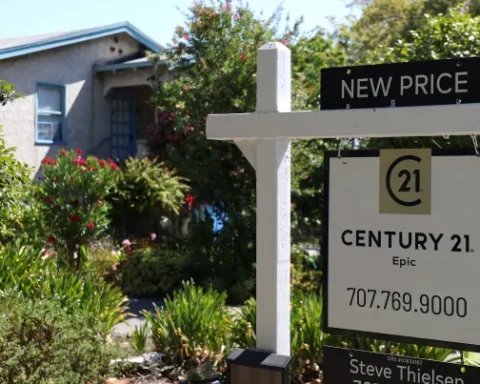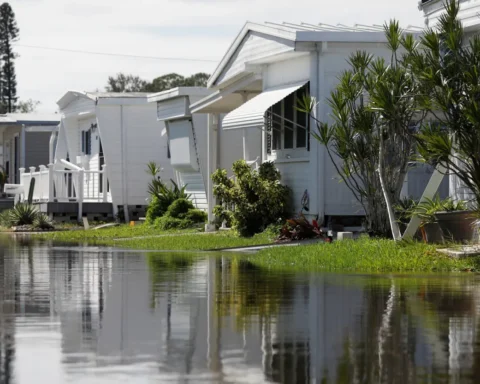The commercial real estate (CRE) market is showing signs of recovery, buoyed by favorable shifts in interest rates. However, the rebound across office, retail, and multifamily real estate sectors is far from uniform. The path forward remains complex, with improvements in some areas and persistent challenges in others.
Interest Rate Cuts Signal Recovery
The Federal Reserve’s decision to lower interest rates by 50 basis points in September marked a turning point for commercial real estate. Wells Fargo analysts described the policy shift as “the most notable green shoot” for the CRE sector. Though not a “magic bullet,” this shift “lays the groundwork for a commercial real estate recovery,” they stated in a follow-up report.
Lower borrowing costs are particularly impactful for real estate, as they reduce the financial burden on buyers and sellers. Alan Todd, head of commercial mortgage-backed security strategy at Bank of America, noted, “Once the Fed starts to cut, they’ll continue along that path, which fosters a sense of stability.” This creates an environment that “incentivizes borrowers to get off the sideline and start to transact,” Todd added.
Sales on the Rise
Following stagnant sales, the CRE market saw its first signs of growth. As Willy Walker, CEO of Walker & Dunlop, explained, “Sentiment around the sector is improving, with refinancing and sales volumes picking up.”
The second quarter of 2024 marked the first quarterly sales increase since 2022, primarily driven by the multifamily sector. Altus Group reported over $40 billion in transactions, reflecting a 13.9% rise from the previous quarter. Property valuations also started to recover, with the MSCI U.S. REIT Index showing steady gains since the spring.
However, challenges remain. “The path forward will likely be uneven,” analysts cautioned, as some subsectors face more hurdles than others.
Office Sector Challenges Persist
The office real estate sector continues to face significant headwinds despite a modest improvement in net absorption. Wells Fargo reported a positive net absorption of over 2 million square feet for the first time since 2022.
“Although modest, this was the best outturn since Q4-2021,” analysts noted. Yet, office vacancies remain a pressing issue, with availability reaching a high of 16.7%.
The shift to hybrid work has further complicated recovery efforts. In cities like Manhattan, office occupancy in June 2024 reached 77% of 2019 levels, the highest since February 2023. Chad Littell, national director at CoStar Group, stated, “While other property types are finding their footing, the office may have a longer road ahead—perhaps another year or more before prices stabilize.”
Multifamily Real Estate Sees Strong Demand
The multifamily real estate sector, in contrast, has experienced significant growth. Wells Fargo reported that net absorption reached its highest point in three years as households took advantage of better rental availability and manageable rent increases.
Although multifamily rent growth has slowed from double-digit rates in 2021 to around 1% today, demand remains high. RentCafe projects a record 518,000 rental units will be completed by the end of 2024, reflecting robust development in the sector.
High homeownership costs are driving many consumers toward rentals. Wells Fargo data highlighted that the average mortgage payment in the second quarter of 2024 was $2,248—31% higher than the average rent of $1,712. Stabilized vacancy rates, holding steady at 7.8%, also indicate a healthier balance between supply and demand.
Looking ahead, analysts are optimistic. “High homeownership costs should continue to support rent demand,” Wells Fargo noted, pointing to sustained growth in the multifamily sector.
A Recovery in Progress
While some commercial real estate market areas are gaining traction, the overall recovery remains uneven. Multifamily real estate has emerged as a bright spot while the office sector struggles with vacancies and structural challenges. With continued interest rate cuts on the horizon, the market is gradually stabilizing. As Walker said, “The sector’s recovery is underway, but it will take time to regain full momentum.”
With a renewed focus on growth opportunities, investors should assess their strategies and engage in the shifting CRE landscape now.







